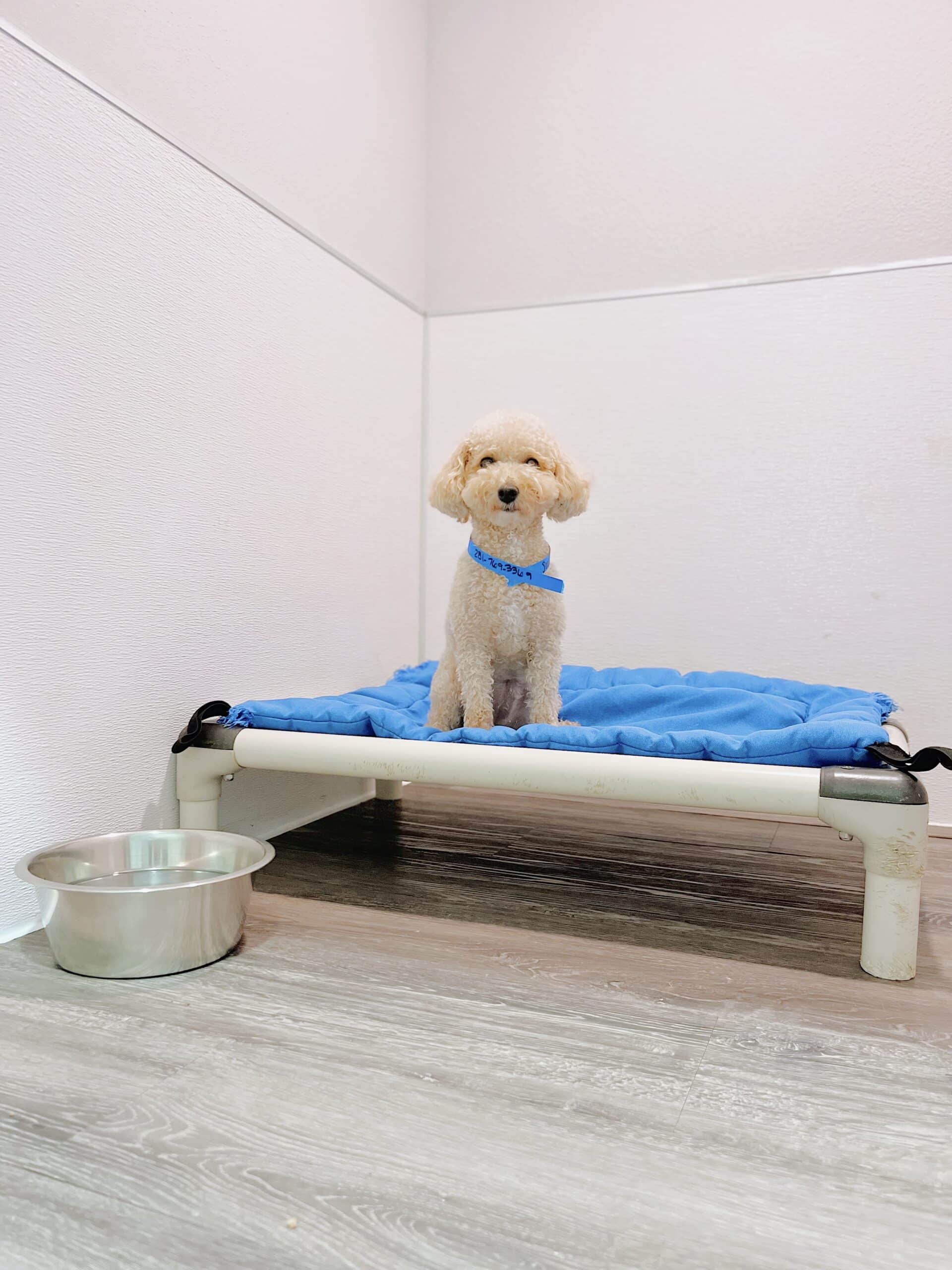Understanding the Basics of Pool Safety for Pets
Ensuring a safe environment for pets around pools begins with a keen understanding of their unique needs and behaviors. While many pet owners assume that all dogs are natural swimmers, the reality is more nuanced. Just like humans, pets require supervision, guidance, and sometimes even training to navigate the potential hazards of pool areas.
First and foremost, not all dogs have the same swimming abilities. Breeds with shorter legs or heavier builds, such as Bulldogs or Pugs, may struggle in water compared to natural swimmers like Labradors or Golden Retrievers. This variation makes it essential to assess your pet’s comfort and skill level before allowing them near the pool. Even confident swimmers can tire quickly, so monitoring their energy and ensuring they have an easy exit route—like a pet-friendly pool ramp or steps—is critical for their safety.
Key Pool Safety Practices
- Always supervise pets when they are near or in the pool.
- Install barriers or pool covers to prevent accidental falls.
- Teach pets how to enter and exit the pool safely using designated steps or ramps.
- Consider canine life vests for added security, especially for inexperienced swimmers.
- Keep pool chemicals securely stored and rinse pets after swimming to avoid skin irritation.
By prioritizing these fundamental safety measures, pet owners can foster a secure and enjoyable environment that allows their furry companions to explore the water responsibly. As we delve deeper, it becomes clear that understanding your pet’s capabilities is just the first step towards comprehensive pool safety.
Assessing Whether Your Dog Can Swim
Before allowing your dog near a pool, it is vital to recognize that not all dogs are natural swimmers. While certain breeds like Labradors and Golden Retrievers are well-known for their affinity with water, others may struggle due to their body type, age, or previous experiences. Assessing whether your dog can swim begins with understanding their physical characteristics and comfort level around water.
Breed and Physical Traits Matter
Some breeds are built for swimming, equipped with webbed feet, water-resistant coats, and muscular builds that aid buoyancy. However, breeds with short legs, flat faces, or heavy bodies—such as Bulldogs or Dachshunds—may find swimming challenging or even dangerous. Always consider your dog’s anatomy before introducing them to a pool environment.
Personality and Past Experiences
A dog’s temperament plays a significant role in their ability to swim. Curious, adventurous dogs may eagerly jump into the water, while timid or anxious pets might panic, increasing the risk of accidents. Prior negative experiences with water can also make a dog hesitant or fearful. Start by observing your dog’s reactions to shallow water and never force them into a pool.
Health and Age Considerations
- Puppies and senior dogs often lack the strength or coordination required for swimming safely.
- Dogs with health concerns—such as joint problems or heart conditions—should be carefully supervised or discouraged from swimming altogether.
By evaluating your dog’s breed, health, and personality, you can make informed decisions about pool safety. Proper assessment ensures that both you and your pet enjoy water activities with confidence and peace of mind.
Recognizing Dog Breeds and Their Swimming Abilities
Understanding a dog’s swimming capabilities starts with recognizing how breed characteristics influence aquatic aptitude. While the image of a dog paddling effortlessly across a pool is popular, not all breeds are naturally equipped to swim, and some may face significant challenges in water.
Natural Swimmers vs. Reluctant Breeds
Certain breeds possess physical traits that make them exceptional swimmers. For instance, Labrador Retrievers, Golden Retrievers, and Portuguese Water Dogs have webbed feet, water-resistant coats, and strong, muscular builds that support buoyancy and stamina. These breeds often display a natural affinity for water, making them ideal companions for poolside fun.
On the other hand, breeds such as Bulldogs, Pugs, and Dachshunds are less suited for swimming. Their compact, heavy-set bodies, short legs, and brachycephalic (short-nosed) facial structure can make it difficult to stay afloat and breathe efficiently. For these dogs, even shallow water can pose a risk without close supervision or flotation support.
Assessing Individual Comfort and Confidence
Beyond breed, individual temperament and previous experience play crucial roles. Some dogs, regardless of their breed, may feel anxious or uncertain in water, while others display curiosity and enthusiasm. Introducing your dog to water gradually and observing their reactions can help determine their comfort level and readiness to swim safely.
Recognizing the unique traits and limitations of your dog’s breed is the first step in ensuring safe and enjoyable pool experiences. By tailoring safety measures to your pet’s specific needs, you can foster confidence and protect them from potential water hazards—setting the stage for a positive aquatic adventure.
Essential Precautions Before Allowing Pets Near Pools
Before inviting your furry companions to enjoy the poolside, it’s crucial to implement safety measures that protect both their well-being and your peace of mind. Not all dogs are natural swimmers, and even breeds known for their aquatic abilities can encounter unexpected hazards. Recognizing and addressing these risks is the first step to ensuring a secure environment for your pets.
Assess Your Pet’s Swimming Ability
Just as people vary in swimming skills, dogs differ significantly in their comfort and proficiency in water. Some may instinctively paddle, while others could panic or tire quickly. Take time to gradually introduce your pet to shallow water, observing their reaction and stamina. Never assume your dog can swim without supervision or practice, regardless of breed.
Secure the Pool Area
Fencing and self-closing gates are essential to prevent unsupervised access. Pool covers should be sturdy and secure, as flimsy ones can trap or entangle a curious pet. Consider installing alarms that alert you if your pet enters the pool area unexpectedly. These barriers serve as critical deterrents, especially for households with multiple animals or children.
Remove Hazards and Provide Exits
Clear away poolside chemicals and equipment that could harm inquisitive noses and paws. Most importantly, ensure there are accessible steps or ramps, allowing pets to exit the pool easily. Mark these exits clearly, and train your dog to locate them in case they fall in accidentally.
By addressing these essential precautions, you lay the groundwork for safe and enjoyable pool experiences for your pets, paving the way for further safety considerations and fun aquatic adventures together.
Tips for Safely Introducing Your Dog to Water
Introducing your dog to water should be a gentle, thoughtful process that prioritizes their comfort and safety. Not all dogs are natural swimmers, and even breeds known for their aquatic abilities may need time to acclimate. Begin by allowing your dog to explore the pool area on a leash, letting them sniff and observe without pressure. This helps reduce anxiety and fosters a sense of security around water.
Start Slow and Use Positive Reinforcement
Gradually encourage your dog to approach the water’s edge, rewarding them with treats and praise for calm behavior. If your pool has steps or a shallow entry, gently guide your dog in, allowing them to get their feet wet at their own pace. Never force your pet into the water, as this can create lasting fear or aversion.
Monitor Body Language and Ensure Supervision
Pay close attention to your dog’s body language. Signs of stress—such as tucked tails, whining, or attempts to retreat—indicate it’s time to pause and provide reassurance. Always supervise your dog when they are in or near water, regardless of their swimming ability, and equip them with a canine life vest for added safety.
- Use floating toys to make the experience enjoyable.
- Keep initial sessions brief and gradually increase the time spent in water.
- Show your dog how to exit the pool safely to prevent panic.
With patience, positive reinforcement, and vigilant supervision, your dog can learn to enjoy the water safely, setting the foundation for a lifetime of safe aquatic fun.








Recent Comments